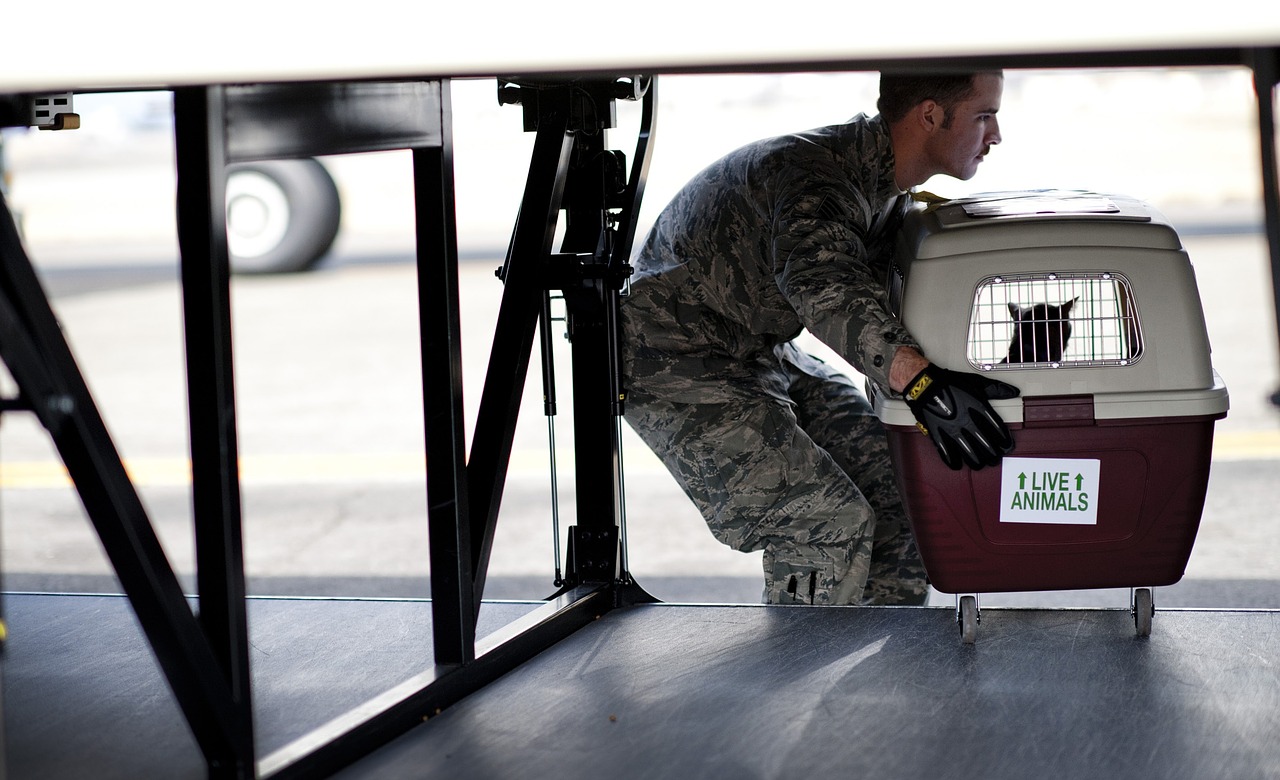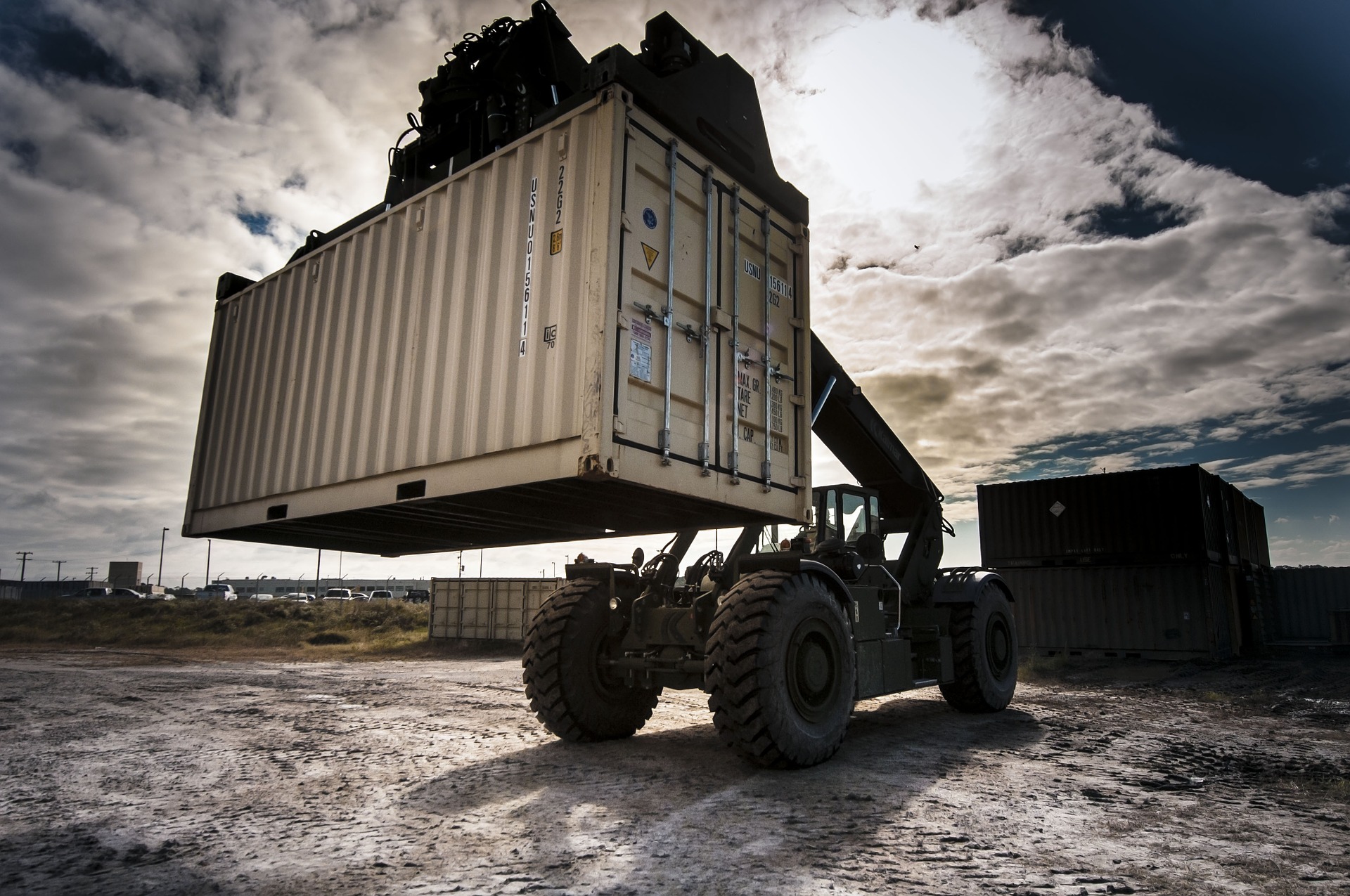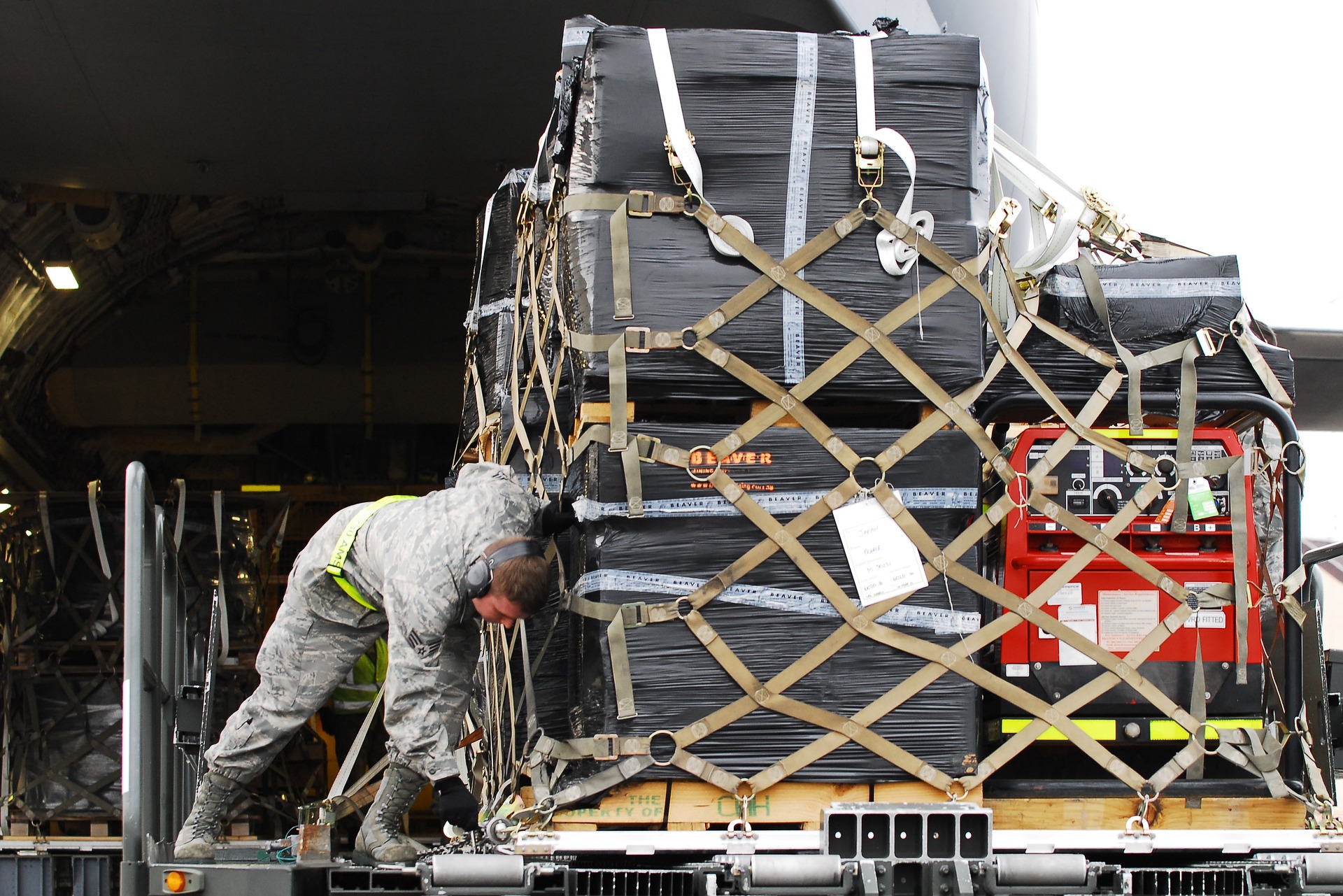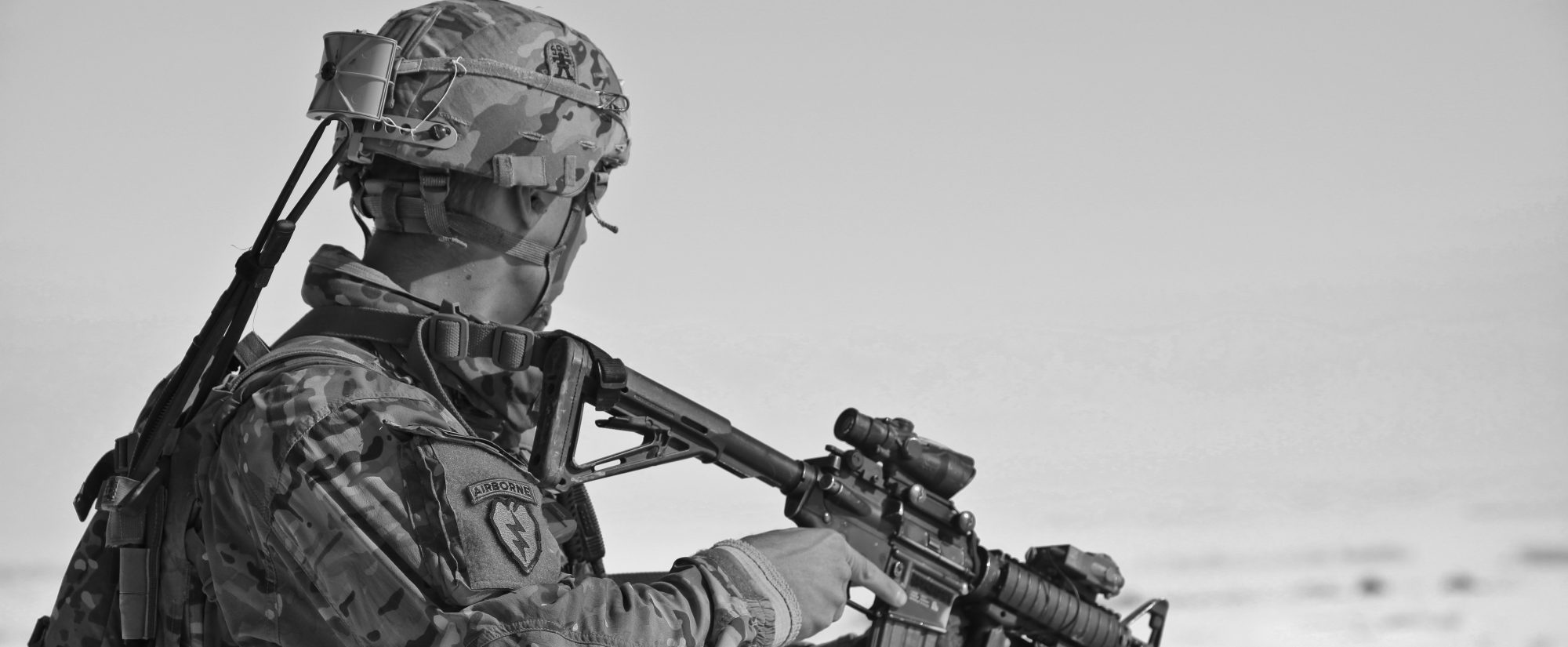Moving is almost never easy, but moving out of the country makes those domestic PCS orders look easy. Fortunately, thousands of people have preceded you on the OCONUS adventure, so there are lots of resources at your fingertips. Here we’ll try to answer some of the most frequently asked questions when it comes to planning your first international move with the military.
Getting Started
Look at your orders carefully before you start planning your move. The military has a lot of resources that can help you, and you need to make sure you know which ones are available. All PCS orders come with mandatory counseling through your local Transportation Management Office, or online through move.mil. Your counselor will help answer questions and give guidance specific to your move.
Gather Your Documents
When traveling abroad, carrying your slick blue United States passport is always a must, but for an international military relocation, you’ll need to also apply for a government passport for the entire family. Depending on your destination, you may be required to apply for a visa as well. Additionally, while stateside, you’ll need to coordinate your medical screening, a process which can be surprisingly lengthy and involved. Finally, make sure you gather any other pertinent records like your marriage certificate, professional licenses, school records, and birth certificates. Either carry these with you for the move abroad, or find a safe place for keeping, like a safety deposit box or a family member’s home, while you are away.
Shipping Logistics
Unfortunately, the military likely won’t pay for you to move every last thing you own overseas. The key to an international relocation is traveling light; the more things that you bring to your new home, the harder the move will be. Look and every item that you want to bring with you a think about whether you really need it or not.
You’ll want to group your belongings into two distinct shipments. The first, known as unaccompanied baggage, should contain household items that you’ll need more immediately such as basic pots and pans, kitchen appliances, linens, and extra sets of clothes. While unaccompanied baggage is an “express shipment”, it can still take up to 3 weeks to receive this initial batch of belongings.

Separately, you’ll also prepare your household goods shipment, which will contain the bulk of your household items. Expect this second shipment to arrive within about 8 weeks of the shipment date. When packing your household goods shipment, make sure to consider your weight allowance, as the military won’t cover the expense above and beyond your allowance. It may be more convenient to simply repurchase some items in your destination country if they aren’t particularly expensive or take up a large portion of your allowance.
Put the Rest in Storage
Thankfully, whatever you can’t take with you can be stored stateside for your eventual return. Government-paid storage in conjunction with an international military move is referred to as non-temporary storage (NTS). In addition to its own storage facilities, the government also contracts with a number of private storage facilities, making it more convenient for members to store their goods. Make sure to complete either the DD Form 1164 or DD Form 1299 to ensure that your storage expense is covered by the military. But before designating anything for storage, make sure you think twice about what you’re hanging onto. If it’s stuff that you can live without for 2-3 years, is there a chance you could just get rid of it for good? You may be thanking yourself later for putting less away in storage now.
Electronics
Electronics deserve some special consideration. Electrical standards vary all of the world, so you need to make sure that your electronics will be compatible with the systems in your new home. Sometimes you can fix the problem by buying an adapter, but sometimes you’ll be out of luck. This usually won’t be a problem if you’re living on base, but it can lead to some nasty surprises if you decide to take a trip to see the rest of the country. Be sure to do your research with a guide like this one to avoid running into trouble.

Shipping a Car
Shipping your car overseas and learning to drive your car in a foreign country can be one of the hardest parts of the move. Before you can even arrange for shipment of your vehicle, you’ll have to prepare it for transport. Great Guys Car Transport, a provider of cheap transport services domestically and internationally, has some tips when it comes to prepping your vehicle for shipment:
- Complete Clean Out: Make sure you completely clean-out the interior of your car. If there are extra items in the vehicle, they may shift during shipment, causing damage to your car, and potentially to other vehicles in the shipment as well. Now’s a great time to get your car detailed so it looks great when you go to pick it up at your new base.
- Schedule a Tune-Up: The last thing you’ll want to deal with when arriving overseas is tuning up your vehicle. Take your car in for a professional tune-up prior to your departure to make sure everything is in running order. This process includes topping off critical fluids, checking the battery level, and ensuring that the tires are properly inflated.
- Ideal Gas Level: While you don’t want an entire tank of gas sloshing around during transport, you do want to ship your vehicle with about ¼ of a tank so that its actually operable when it arrives overseas.
- License and Insurance: Make sure you have adequate auto insurance for driving your vehicle abroad. Also check with your moving counselor to see how to obtain a driver’s license in your country of destination.
Of course, there’s always the option of storing your vehicle while you’re away and buying an inexpensive vehicle once your reach your destination. Do your research to make sure that your car will actually be useful before you go to the trouble of shipping it. When in doubt, look up what the locals do and follow their example.

Enjoy It
Finally, don’t forget to enjoy this experience. Moving abroad with the military is a great way to gain exposure to different cultures and do lots of traveling that would be unaffordable for most Americans. Once you’ve jumped over the hurdles of moving, you’ll have plenty of time to enjoy your new home.


